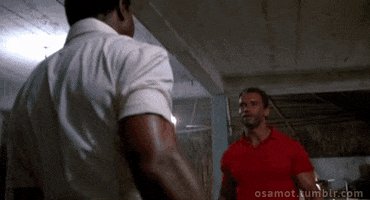Spot on. I think a likely issue is that the AFL is such a socialist construct that no club is permitted to be better than a north.I know a guy who runs a training camp for Juventis in Perth in school holidays. They do this all around the world to identify talent. The kids love it as it's free and teaches them skills and if you get selected, they start paying your family cash as you progress (as in tens of thousands of dollars)
Last edited:














